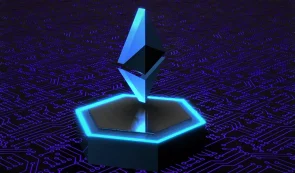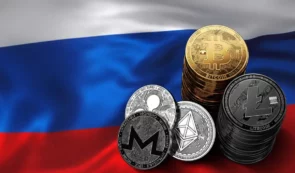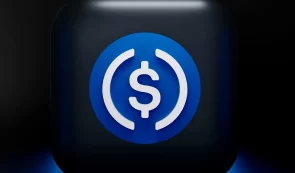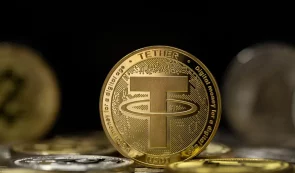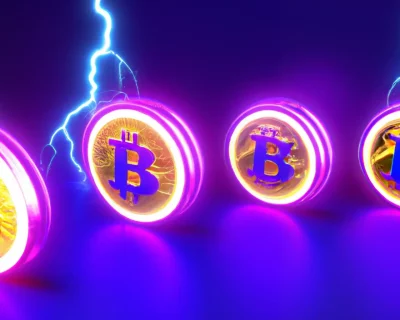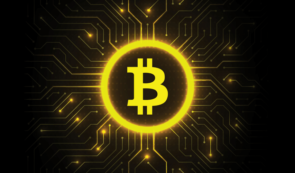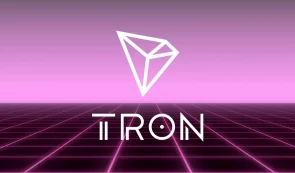Stablecoins: What Are the Two Main Use Cases?

Macro guru Lynn Alden says stablecoins currently have two main use cases this decade.
In a new interview with Anthony Pompliano, Alden says that as a digital representation of currencies, stablecoins are critical to the operation of crypto exchanges.
“Stablecoins fill two important roles right now. One is as a unit of account for many trading platforms – centralized offshore exchanges or some of the DeFi [decentralized finance] markets.
It’s essentially a digital representation of the dollar. I’m not talking about the algorithmic variety, but the actual fiat-backed variety. It’s just dollars in a kind of more efficient wrapper.”
Alden also says that in some countries, stablecoins are also used to minimize the impact of volatile currencies.
“The second use case that actually interested me more is that people in emerging markets or frontier markets, in countries with volatile currencies, stablecoins are useful for them to hold for intermediate savings.
I had an Argentinian who described it to me very well: the money I’m going to spend in less than a month, I’m going to hold in local currency. The money I will hold for a few months I will hold in stablecoins, and the money I want to take home in three to five years I will put in Bitcoin (BTC).”
She says the nascent asset class is making the U.S. dollar more accessible, especially with the advent of technologies like Lightning Labs’ Taro protocol, which could facilitate the cheap transfer of greenbacks through the Bitcoin network.
READ MORE: Russia’s Central Bank is Against Stablecoins
”I think that there is a demand for dollars globally and stablecoins just happen to be the technology that allows them to get their hands on dollars even if their governments and their banking networks are not making them available or trying to restrict access. I do think that stablecoins have that purpose this decade.
That’s why I also think that there’s cool things like Taro on Lighting that could potentially bring stablecoins over to Bitcoin and it just becomes whatever network is most efficient to transact those dollars around because those are less about pure decentralization and more about what can give people access to a cheap ability to access that foreign central hub of dollars.”

